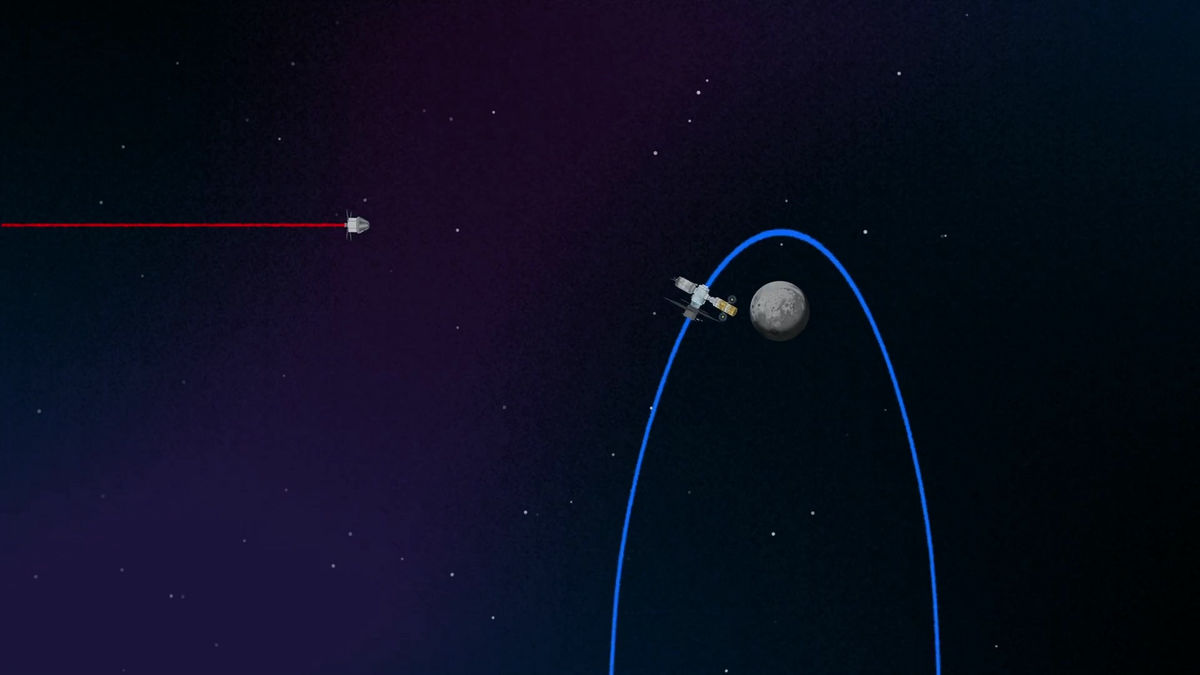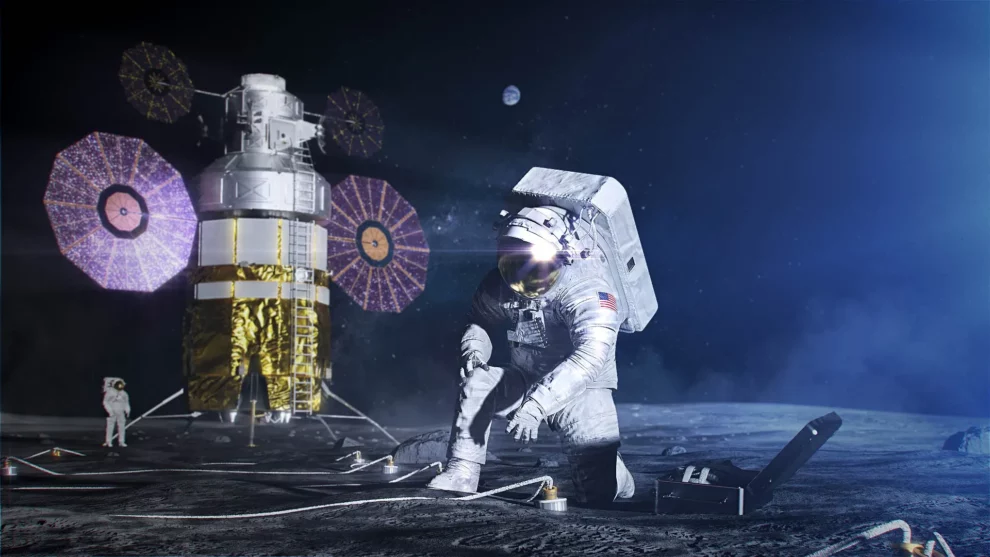Mounting concerns over NASA’s packed Artemis mission schedule have prompted aerospace safety experts to call for a comprehensive reassessment of the space agency’s lunar exploration objectives. The Aerospace Safety Advisory Panel (ASAP) warns that the current approach of combining multiple first-time achievements in single missions could significantly increase risks and potentially derail the program’s timeline.
During a public meeting on January 30, ASAP member Bill Bray highlighted the growing complexity of the Artemis 3 mission, which aims to return humans to the lunar surface. The mission already faces 13 distinct “firsts,” primarily centered around SpaceX’s Starship lunar lander and Axiom Space’s new spacesuits. Recent modifications to the Orion spacecraft’s heat shield, announced by NASA in December, have further expanded this list of inaugural elements requiring flawless execution.
The safety panel’s concerns extend well beyond Artemis 3. Future missions incorporating the lunar Gateway station, Blue Origin’s Blue Moon lander, and a lunar rover present additional technological challenges. Bray emphasized that success depends on near-perfect program execution across a complex web of tests and milestones, leaving minimal room for setbacks. Any significant failure could trigger a cascade of launch delays and create an irregular mission cadence.

ASAP has engaged in discussions with NASA’s Moon to Mars Program Office, specifically with Deputy Associate Administrator Amit Kshatriya, advocating for an approach that mirrors the Apollo program’s methodology. The panel recommends treating each launch as a distinct test objective, allowing for better risk distribution across multiple missions while maintaining a more consistent launch schedule.
Meanwhile, NASA‘s broader Artemis infrastructure continues to evolve. Mark Wiese, manager of the Deep Space Logistics program, revealed significant changes to SpaceX’s Gateway cargo delivery system. While SpaceX received authorization to proceed with the first Gateway Logistics Services mission in late 2023, evolving requirements have necessitated architectural modifications to their Dragon XL spacecraft. These changes remain under wraps, with a system requirements review scheduled for later this year in preparation for the Artemis 4 mission, targeted for 2028.
The Human Landing System (HLS) program has shown promising developments. Kent Chojnacki, deputy manager of the program, praised both SpaceX and Blue Origin’s progress. SpaceX’s Starship/Super Heavy test flights have demonstrated significant advancement, alongside crucial testing of the Starship airlock and elevator systems using Axiom’s lunar spacesuit prototypes. Blue Origin has also achieved important milestones, including the successful maiden launch of their New Glenn rocket and testing of Blue Moon lander components.
Looking ahead, SpaceX faces a critical challenge in demonstrating in-space propellant transfer capabilities, essential for lunar missions. However, the recent January 16 Starship anomaly could impact this timeline. Blue Origin is approaching a different milestone with an upcoming critical design review for their Blue Moon lander, reflecting their more traditional approach to spacecraft development.
The safety panel’s recommendations come at a crucial juncture for NASA’s lunar ambitions. As the agency balances the pressure to maintain momentum with the imperative of crew safety, decisions made in response to these concerns could reshape the timeline and structure of humanity’s return to the Moon. The complex interplay between multiple contractors, innovative technologies, and unprecedented mission objectives underscores the monumental challenges facing NASA’s most ambitious human spaceflight program since Apollo.
ASAP’s continued scrutiny and advocacy for a more measured approach highlights the delicate balance between achieving bold exploration goals and ensuring mission safety. As NASA evaluates these recommendations, the coming months could prove pivotal in determining the ultimate path of humanity’s return to lunar exploration.
















Add Comment